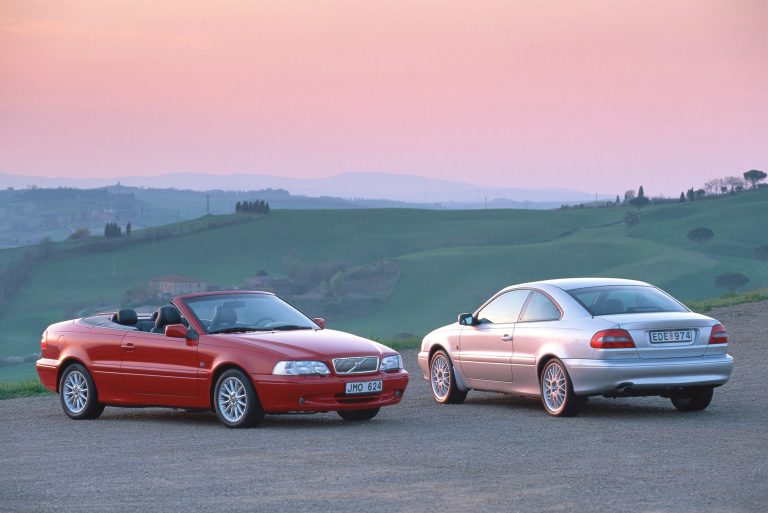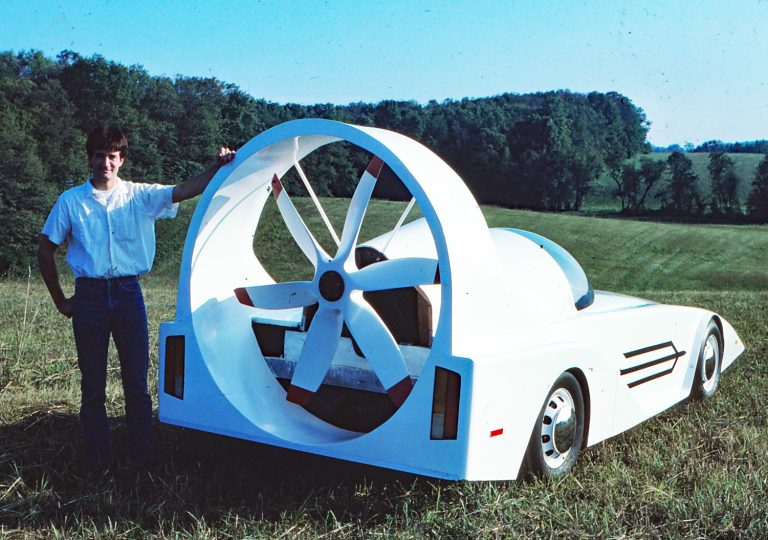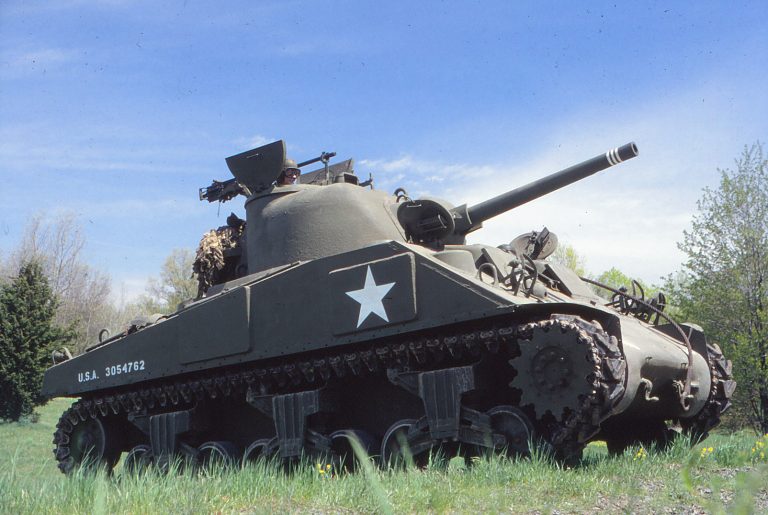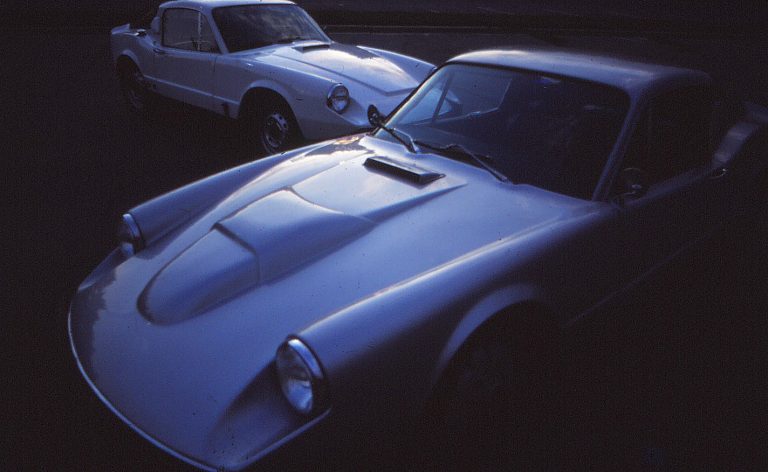History originally published in AutoWeek October 24, 1983
The BMW 507 is a beautiful car. It is well-proportioned, refined and visually harmonious. It is a shape of classic grace and timeless elegance.
The 507, however, is more than a collection of well-drawn curves. Those who know the model know it was designed by Albrecht Goertz. What’s not so well known, however, is that the 507 is one of only a few automotive designs by Goertz.
One naturally assumes that there must be more, based on (a) the critical acclaim for the BMW 507, and (b) his name cropping up from time to time in various automotive journals. In truth, there have been the 507 and its sibling, the 503, some pre-prototype Porsche 911 work and a running prototype 914/6, a never-sold-in-the-U.S. Datsun Silvia in the mid-ʼ60s, and a disputed role in the Datsun 240Z. It’s a small portfolio, but impressive nonetheless. Better to produce a few masterworks than prolific mediocrity.
And besides, Goertz Industrial Design is busy developing designs for everything from jumpsuits to blenders. But if the BMW 507 is a high point of the separate frame/body era, and the 240Z the same for the unit body age, then let us hope for a manufacturer to hire Goertz for the carbon fiber-microchip generation.
But for the genesis of the BMW 507 we must go back to the early ‘50s. The accepted story has the players as Goertz, Max Hoffman, Dr. Fritz Fiedler, and Ernst Loff. The details, however, are unclear. One line is that Hoffman suggested that the BMW sedan be restyled into a sports car. It would be a big hit in the U.S. if the price stayed below $5,000; that Goertz, late from Raymond Lowey’s Studebaker designing efforts, get the job; and that he—Hoffman—get the final say on the project.
Another version is that Hoffman saw a sports car prototype by BMW stylist Loff and suggested that Goertz could do better. Goertz waves it all off with an “everybody wants a part of the credit” for a good design.
Anyway, BMW did hire Goertz to design not only the BMW 507 sportscar but also the grand touring BMW 503. It was, well, fortunate, actually. Loof’s design was, well, unforgettable, but for all the wrong reasons. Inevitably, there was not total agreement on Goertz’s drawings, and it went back and forth until the car was finally built, though Goertz credits BMW engineer Fiedler with the bend-over-backwards cooperation.
Goertz’s BMW 507 and BMW 503 were introduced at the Frankfurt auto show in September 1955. Although the sedan-wheelbased 2 + 2 coupe was considered handsome, it spent the show in the shadow of the smaller car. On a wheelbase 14 inches shorter than its sibling, the BMW 507 was based on the stout frame from the sedan. It had the same torsion bar-suspended A-arm front- and live-axle rear suspension, an arrangement that dated back to the late ‘30s. In keeping with the 507’s sporting intent, though, an anti-roll bar was added up front, and a Panhard rod in the rear supplemented the from-the-sedan “A-frame” which attached to the differential for axle locating purposes.
The BMW 507’s engine was Germany’s biggest, an all-aluminum V-8 of 3.2 liters. It was actually Germany’s only V-8, derived from the Alfred Boning design of the late ‘40s, but not produced until 1954 when a 2.5-liter version went into the sedans.
Straightforward in configuration, the engine had push rods and wedge-shaped combustion chambers, much like those finding favor on the other side of the Atlantic. It was not as marvelously complex as the prewar Fiedler-designed hemi-head six with its 18 pushrods, but it was more than half again as big. And there is no substitute for cubic inches—or centimeters.
But the 507’s engine was more than just bigger. With two Zenith dual-throat carburetors, it cranked out 150 horsepower at 5,000 RPM, 50 more than the single Solexed sedan V-8. The engine is a pretty thing to look at, too. The lines are clean and elegant, “BMW” molded neatly into 507 was the boiler room.
For the 507 the fully synchronized four-speed transmission was bolted directly to the engine, unlike the sedans and early 503s which had the transmission mounted remotely under the front seat. As a result, a floor shifter was mounted.
Performance from the 2,600-pound two-seater promised to be exceptional: Top speed, depending on the final drive selected, would be 124 or 136 MPH, said the factory.
Production began in November 1956, and the 507 was shown in New York in early 1957 with a price of just under $5,000. Compared to a Corvette—in the low-$3,000 range—the 507 was an expensive automobile. But the 507’s price tag didn’t hold. The ticket of admission quickly became $9,000, and regardless of what you think of Corvettes, you really had to want a 507 to trade three brand-new plastic Chevies for one.
And it was price that did in the BMW 507. The waiting line was short for the model and production never rose above 20 per week. Nor did BMW have the deutschmarks to raise production enough to lower the price. It takes money to make money, and BMW didn’t have enough. As a result, 507s were hand-built cars, and that can be seen in minor differences from car to car.
Despite the price, BMW lost money on every 507 made, and almost it ruined the company. Only 253 of the cars were produced before the end came in May 1959.
Nevertheless, the car makes an impression on both the driver and on people who see it on the street. Even those who haven’t the foggiest what the car is notice it. What’s more, they approve. You can see it in their eyes. Want to be accepted in the best places? Drive a BMW 507.
John Kessler of Richmond, Va., does. Driving Kessler’s car, you feel that the 507 is a ticket to roll onto one of those movies from the ‘50s where every man owns a yacht, every woman is Technicolor beautiful, and everyone is so rich that no one is ever seen handling money. Just expensive cars like the BMW 507.
And handle it does, in a refined manner, of course. The BMW 507 is tautly sprung and corners flat, and with a 50-50 weight distribution it steers easily through the bendy parts. But Kessler says what the 507 could do best was climb hills. The record supports his contention. Hans Stuck came out of retirement to drive the BMW 507 to victory in several important climbs in fields that included Ferraris, Jaguars, and SL Mercedes. Driving up a winding hill confirms it. The engine enjoys making torque, and leans into a grade while the high-RPM engines just spin their guts out.
If there is one part of the car that typifies the mechanicals, however, it is the shifter. Tucked beneath the dash the plastic shift knob is a knuckle-busting ergonomic nightmare to reach. But once there, it’s a pleasure to operate: it has the feel of metal-to-metal contact, of finely made pieces sliding into place. No sloppy cables, no squishy bushings, it feels like a quality tool. It was made for a machinist.
But John Kessler is an artist, a commercial artist by trade. He appreciates the form of the 507, and goes on about how beautiful it is, how it doesn’t have a bad angle. But he doesn’t stop there. He will also point out how well the car is assembled and how well it goes. For though an artist himself, he know the beauty is more than aluminum skin deep.









